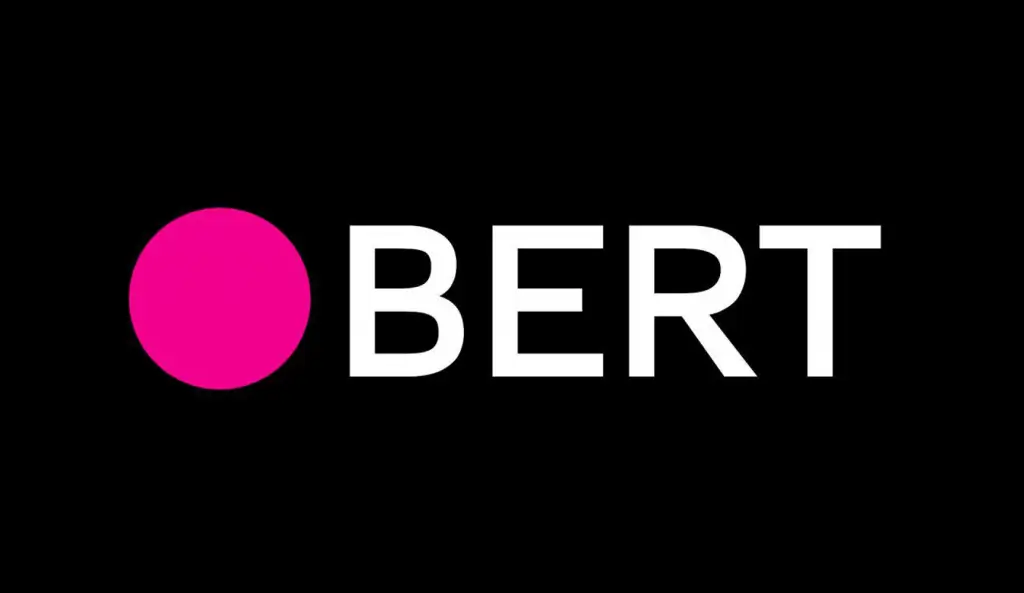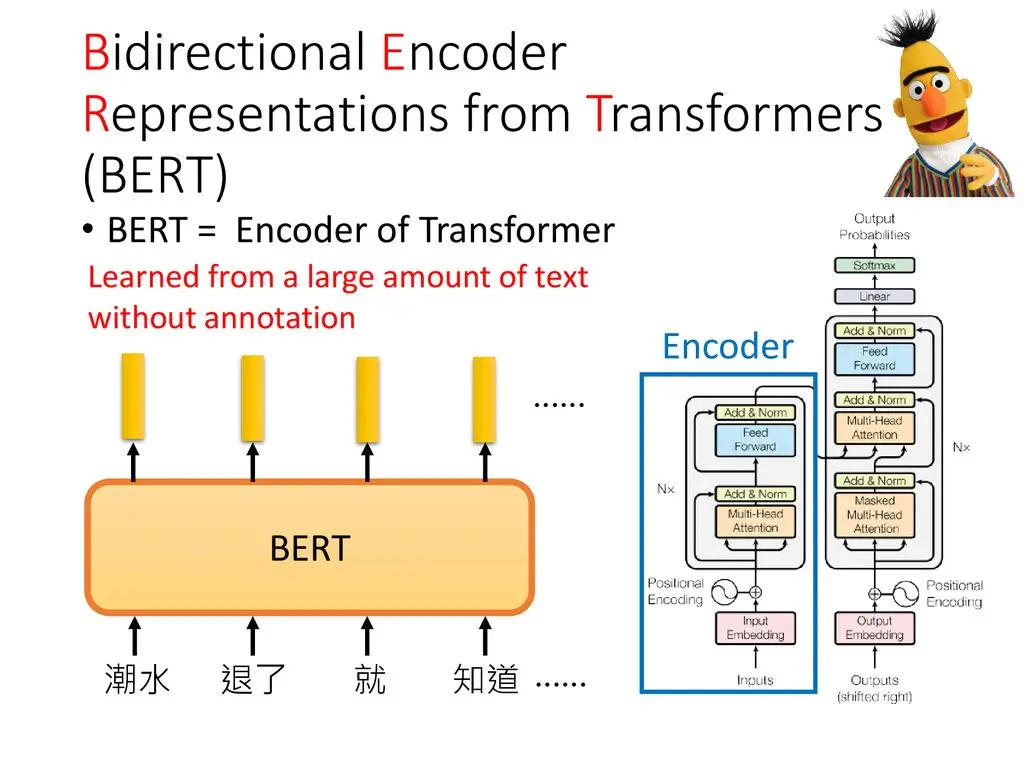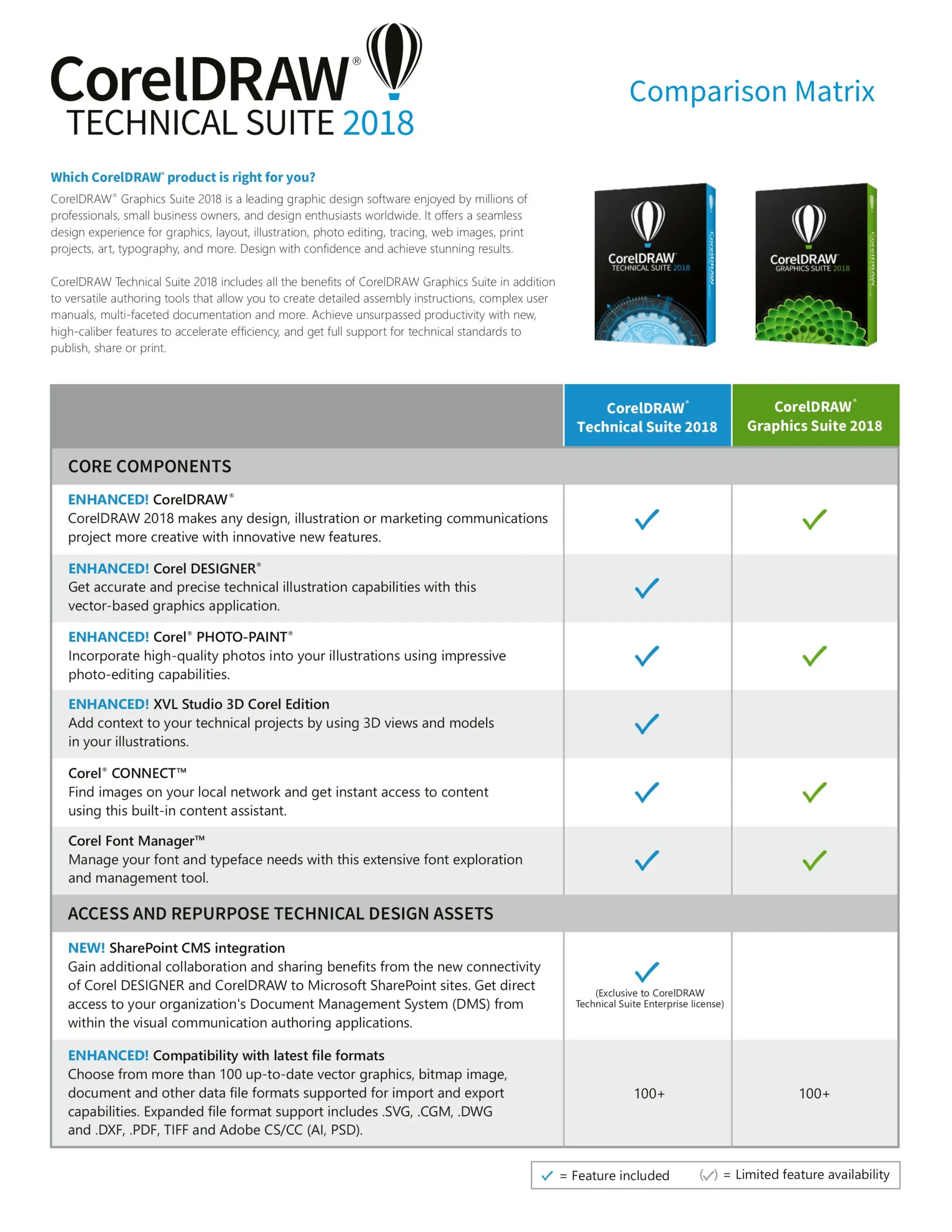In the constantly evolving world of digital marketing, staying on top of search engine algorithm updates is non-negotiable. One update in particular that’s been a real game-changer is BERTėjas, which has transformed the search landscape, forcing SEO professionals and content creators to reconsider their strategies. Understanding and adapting to BERTėjas has become a significant component of mastering search engine optimization.
This comprehensive guide will walk you through the impact of BERTėjas on search, content creation, and SEO, and equip you with the tools and strategies needed to thrive in this new linguistic era of search engines.
Introduction to BERTėjas
BERT, which stands for Bidirectional Encoder Representations from Transformers, launched by Google and later adopted by others, is a natural language processing (NLP) pre-training technique. BERTėjas specifically refers to the implementation of BERT in the Lithuanian language.
Understanding the Basics
BERTėjas marks a shift from keyword-focused optimization to a more nuanced understanding of search intent and context. Unlike previous algorithms, BERTėjas can interpret the full context of a word by looking at the words that come before and after it, known as bidirectional training.
This means BERTėjas better understands the nuances of human language, including disambiguation in search queries and the different meanings of words depending on the context.
The Impact of BERTėjas on Search
To the uninitiated, BERTėjas might sound like just another technical update, but its impact on search is profound.
Practical Examples
Imagine a search for “geltonas lempa” in Lithuanian, which depending on the context, could mean either a yellow light bulb or a green lamp. BERTėjas helps Google understand these subtleties and deliver more relevant results.
Case Studies and Examples
Several case studies have shown that websites experienced significant fluctuations in their search rankings after the BERTėjas update. Understanding these changes is crucial to adapting your SEO strategy to meet BERTėjas requirements.
Adapting Content Creation Strategies to BERTėjas

Content creators are now faced with the challenge of producing content that not only ranks well but also aligns with BERTėjas’s language understanding.
Tips for Optimizing Content
- Focus on Context: Build content that provides comprehensive answers to user queries.
- Natural Language: Write for humans, not just for search engines. Avoid overusing keywords in unnaturally structured sentences.
- Content Depth and Quality: Ensure your content is in-depth, well-researched, and provides genuine value to the reader.
SEO Strategies in the BERTėjas Era
In addition to adapting content creation strategies, SEO professionals also need to reconsider their approach in light of BERTėjas.
Keyword Research and Targeting
With BERTėjas’s bidirectional understanding, traditional keyword research and targeting may not be as effective. Instead, focus on understanding the user’s intent behind a search query and optimizing accordingly.
User Experience
User experience is now more critical than ever in SEO. BERTėjas can recognize when users are satisfied with the results they receive and will prioritize websites that provide a positive user experience.
Leveraging NLP Tools and Techniques
SEO professionals can also benefit from using NLP tools and techniques to improve their understanding of search intent and optimize accordingly.
Navigating SEO in the BERTėjas Era
As search becomes more human-like, so too must our approach to SEO. Here are some practical tips for optimizing your website for BERTėjas:
- Optimize for Featured Snippets: With BERTėjas’s focus on context and intent, featured snippets are playing a more significant role in search results. Focus on providing concise and comprehensive answers to user queries.
- Invest in Quality Content: Quality over quantity is key when it comes to content creation in the BERTėjas era. Focus on producing well-researched and valuable content that aligns with user intent.
- Embrace Conversational Keywords: With BERTėjas’s ability to understand the nuances of language, it’s essential to incorporate conversational keywords in your content. This means including long-tail and natural phrases that people are likely to use in their searches.
Implications for SEO and Digital Marketing
Understanding BERTėjas is more than just another item on the digital marketer’s to-do list—it’s a fundamental change in how we approach SEO.
Influencing SEO Strategies
- Keyword Research: More attention needs to be paid to the context in which keywords are used rather than the keyword density.
- Search Results Analysis: Monitor and adapt to changes in search results to understand the impact of BERTėjas on your keywords and content.
Tools and Resources | Navigating BERTėjas Effectively
Leveraging the right tools and resources is critical in adapting to BERTėjas. Luckily, there are several options available to help you through the transition.
Analyzing BERTėjas Compatibility
- Natural Language Processing Tools: Platforms such as OpenAI and Google’s NLP tools can show you how well your content aligns with BERTėjas.
Optimizing for BERTėjas
- SEO Platforms: Advanced SEO platforms are incorporating BERT compatibility features to help you optimize your content effectively.
- These tools can identify areas for improvement and provide suggestions on how to optimize your content for BERT.
- Content Creation Tools: Tools like Grammarly and ProWritingAid can help ensure your content is written in natural language, free from grammar and syntax errors. They also offer insights into sentence structure and word usage, which are essential aspects of BERT
Future of Search and Content Creation in the BERTėjas Era
BERTėjas is just the beginning of a more sophisticated approach to interpreting content and user queries. The trends we’re seeing now are likely precursors to future developments.
As BERT continues to evolve and influence search, here are some key predictions for the future:
- More Contextual Understanding: Search engines will continue to develop a better understanding of language context and serve more relevant results.
- Shift towards User Intent: With advancements in NLP technology, search engines will increasingly prioritize user intent over exact keyword matches.
Predictions and Insights
Opinions from industry experts suggest that BERTėjas-like advancements will continue to refine the relationship between search queries and content, and thus the role of SEO in digital marketing.
Conclusion and Call to Action
The BERTėjas era represents a pivotal moment in the industry. Embracing this linguistic turn is not just about keeping up with the latest trend; it’s about preparing for the future and building a strong foundation that can withstand the constant changes in search algorithms.
Summarizing Key Points
In essence, BERTėjas is a clear indication from Google that it’s placing a significant amount of weight on user-focused content that meets higher linguistic standards.
Encouraging Readers to Adapt
Now is the time to review and revise your content and SEO strategies to encompass BERTėjas guidelines. The more prepared you are for this change, the better you can leverage it to improve your digital marketing efforts.
By understanding BERT and making the necessary adjustments to your content, you’ll not only be optimizing for current search trends but also setting the stage for future success in a search engine market that will only continue to become more complex and user-centric.





